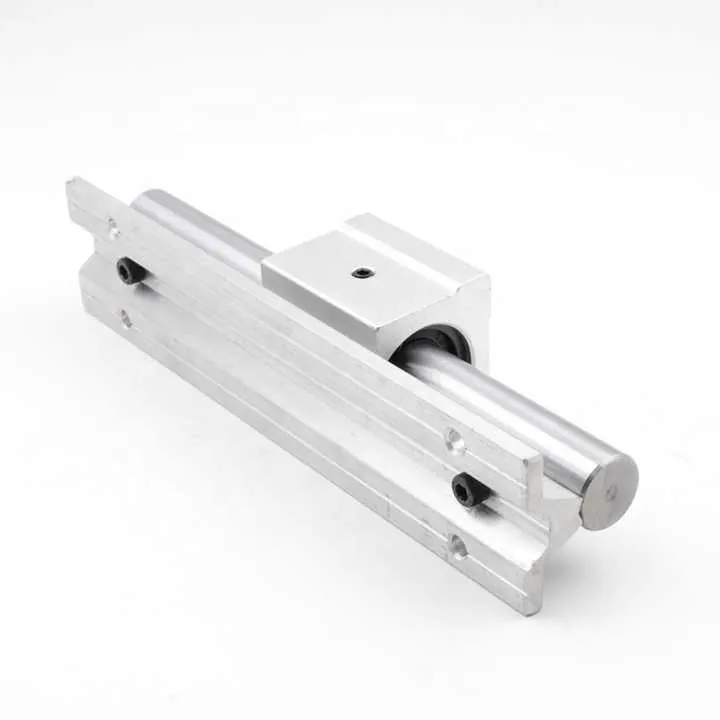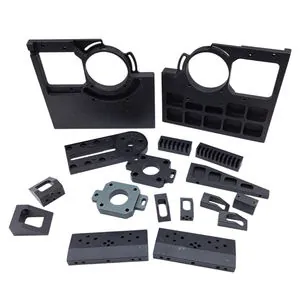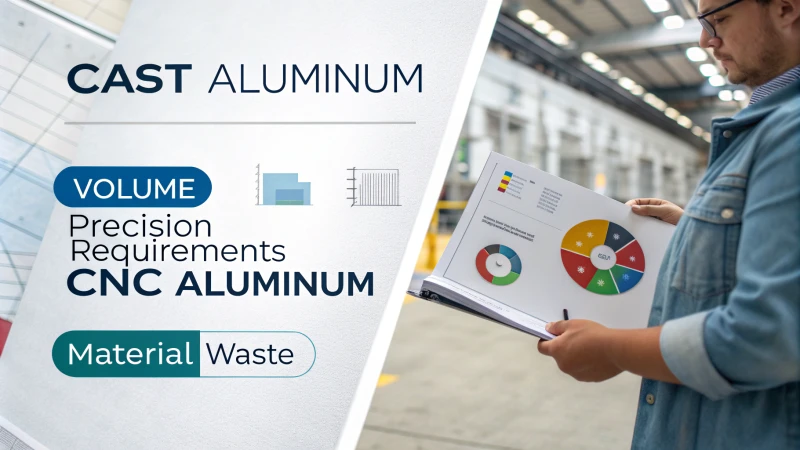Aluminum extrusion used in heatsinks?

I know it’s hard to find clear info about using aluminum extrusions for heatsinks. You need a guide that covers why, how, and where they are used.
You will learn why aluminum is ideal, how profiles improve cooling, and who uses them.
Let me guide you from basic concepts to real?world use.
Why are aluminum extrusions ideal for heat sink applications?
I start with material choice and extrusion process. Aluminum offers light weight, good thermal conductivity, and design flexibility.
Aluminum extrusions combine cost, thermal performance, and shape customization for heatsinks.

Dive deeper
Aluminum is widely used in heatsinks because it has high thermal conductivity. Common alloys like 6063-T5 or 6061-T6 give 150–205?W/m·K. This means heat moves quickly from base to fins.
The extrusion process adds design benefits. We can create fins, heat pipes cutouts, and channels in a single pass. That reduces machining cost and improves performance.
Also, aluminum is light. A heatsink from extruded 6063 weighs less than one made from steel or copper. It makes systems easier to mount and lowers shipping cost.
Extruded shapes are repeatable. You get identical parts every run. This is crucial for batch thermal performance.
Finally, aluminum extrusions are recyclable. End-of-life parts can be reused with low energy cost. That supports green design.
Here is a summary:
| Feature | Benefit for Heatsinks |
|---|---|
| Thermal conductivity | Fast heat transfer from source to fins |
| Extrusion design | Complex fin structures in one operation |
| Lightweight | Easier handling, lower transport cost |
| Dimensional repeatability | Consistent performance across volume |
| Recyclability | Supports sustainable design |
Aluminum extrusion makes heatsinks affordable, efficient, and eco?friendly.
Aluminum extrusions are heavier than copper heatsinks.False
Aluminum is lighter than copper, making it ideal for weight-sensitive designs.
Extrusion allows complex fin shapes in one pass.True
The extrusion process can form multiple fins, channels, and profiles in one extrusion shot.
What extrusion profiles maximize heat sink performance?
I pick profiles that increase surface area and airflow. Common shapes are straight fins, flared fins, pin fins, and high-aspect ratios.
Profiles with narrow, tall fins and open channels maximize heat dissipation.
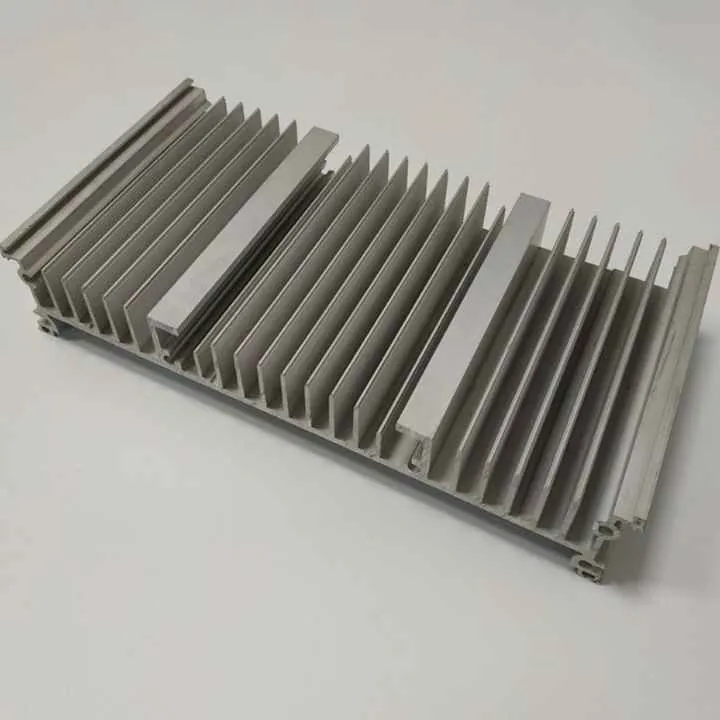
Dive deeper
The goal of a heatsink profile is to get more surface area and good air flow. That means many fins, thin walls, tall structures, and space between fins.
Straight-fin extrusions are basic. They have many parallel fins and open channels. These are easy to extrude and mount.
Pin-fin profiles use columns instead of sheets. Pins give airflow in all directions. They are great for turbulent cooling or forced-air setups.
High-aspect ratio profiles have tall, thin fins. They give more area in less base width. The limit is fin sagging or breakage during manufacturing. Typical walls are 0.8–1.5?mm thick and fins up to 30?mm tall.
Flared fin profiles have a wider fin top or angled side. This adds area and guides air for better cooling efficiency.
Hybrid section extrusions combine flat base, pin fins, straight fins, and cut-outs for heat pipes in a single profile. It gives compact, high-performance cooling.
Here is a chart of common profiles:
| Profile Type | Thermal Effect | Notes |
|---|---|---|
| Straight fins | Good conduction + parallel airflow | Simple and cost-effective |
| Pin fins | Multi-directional airflow | Better for forced-air convection |
| Flared fins | Increased area and airflow guidance | Slightly complex to extrude |
| High?aspect fins | Max area per width | Risk of fin damage in handling |
| Hybrid profiles | Integrated pipes and fins | Best performance but needs special tooling |
Profile design also uses CFD simulation. I test airspeed, turbulence, and temperature distribution. Then I adjust fin spacing and thickness to balance airflow and area.
Extruded profiles also allow adding mounting feet, screw bosses, or gaps for heat pipes. This simplifies assembly and improves thermal contact.
These optimized profiles lead to better performance in LED lighting, power conversion, and computing systems.
Pin-fin extrusions only cool air flowing horizontally.False
Pin‐fins enable airflow in both vertical and horizontal directions, improving cooling performance.
High?aspect?ratio fins can increase surface area significantly.True
Tall, thin fins add heat dissipation area without increasing base size.
How is thermal conductivity optimized in aluminum heat sinks?
I focus on alloy, grain structure, surface, and interface management. Each factor boosts heat transfer.
Optimizing involves choosing right alloy, controlling microstructure, finishing surfaces, and close contact with heat sources.

Dive deeper
First, alloy choice matters. 6063?T5 is common for extrusion. It has good conductivity, formability, and cost. 6061?T6 has slightly higher strength but lower conductivity. For top thermal needs, 1070 or 1350 pure aluminum is used; they reach ~230?W/m·K but are softer and harder to extrude.
Next, grain structure affects thermal flow. We use proper extrusion temperatures and cooling rates. Annealing can refine grain structure and improve conductivity slightly. We manage cooling after extrusion to avoid internal stresses that block heat.
Surface finish also matters. Anodizing forms oxide which has low conductivity. If thermal contact is needed, we leave internal fins bare or use thin, controlled oxide layers. Alternatively, we use black anodizing for radiative cooling, since black emits heat well.
We also ensure tight contact between the heatsink base and contact components. We add flatness control (0.05?mm base flatness). We use phase-change pads or thermal compound between MOSFET or CPU and the heatsink. This fills gaps and improves conduction.
For prototypes, I test thermal resistance Rth, measured in K/W. Lower Rth means better cooling. I mount heater on the base and measure temperature rise at steady load at ambient. I adjust the design till Rth meets spec.
Here is a breakdown:
| Factor | Role in Heat Transfer |
|---|---|
| Alloy selection | Defines base conductivity |
| Grain control | Ensures consistent heat flow paths |
| Base flatness | Improves surface contact with PCB or chips |
| Interface materials | Fill micro gaps and enhance conduction |
| Surface finish | Affects emissivity and convection |
| Property | Ideal range/spec |
|---|---|
| Flatness | ≤ 0.05?mm over base |
| Thermal compound gap | ≤ 0.1?mm between surfaces |
| Fin thickness | 0.8–1.5?mm (tall fin structures) |
| Thermal resistance | <?2?K/W for small heatsinks |
By optimizing each part, I bring heatsink performance to match thermal load. This process reduces hotspot and increases system reliability.
Anodizing always improves heat conduction.False
Anodizing forms an oxide layer that actually reduces conduction slightly.
Grain structure in aluminum affects thermal paths.True
Controlled microstructure helps maintain consistent thermal conduction through the metal.
What industries use aluminum extruded heatsinks most commonly?
I see heatsinks in electronics, lighting, power, automotive, and telecom. Each has unique needs, but all use extrusion.
Major industries include LED lighting, power electronics, computing, automotive, and telecom.
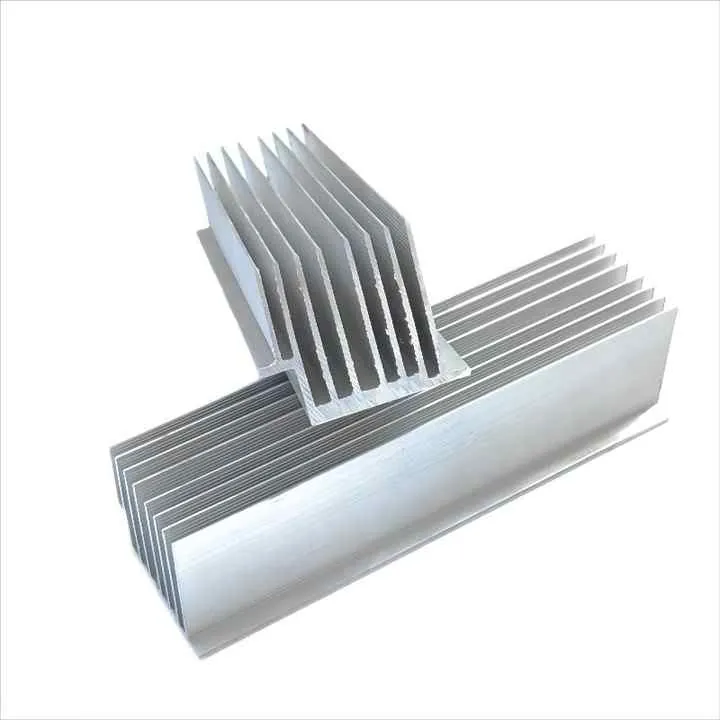
Dive deeper
In LED lighting, extruded heatsinks are everywhere. High-power LEDs need efficient cooling to maintain brightness and life. We often use straight-fin or flared extrusions to integrate with reflector housings.
Power electronics, like inverters and converters, rely on extruded heatsinks for MOSFETs and IGBTs. These need fins or pin structures for forced air or natural convection. We integrate mounting slots and drain holes for easy board mounting and airflow.
In computing, desktop CPUs, GPUs, and server modules use extruded heatsinks with heat pipes. The heatsink profile includes cut-outs and base features to hold heat pipes and fans. Extrusion allows multiple parts to be milled in one block.
Automotive systems use extruded heatsinks in LED headlights, power modules, battery systems, and inverters. These must handle vibration and temperature shock. We use 6063 with hard anodize for durability.
Telecom equipment, like 5G radios and base stations, use extruded heatsinks for RF power modules. These often use pin-fin extrusion for multi-directional airflow in outdoor cabinets.
Other uses include industrial drives, laser equipment, medical devices, and EV charging stations. Each application keeps heatsink as key part of thermal design.
Here are main industries:
| Industry | Typical Application | Common Profiles |
|---|---|---|
| LED lighting | Street lights, panel modules | Straight fins, flared fins |
| Power electronics | Inverters, converters, power supplies | Pin fins, hybrid profiles |
| Computing & servers | CPU/GPU heatsinks, server racks | Extrusion + heat pipe slots |
| Automotive electronics | Battery cooling, LED headlights | Robust extruded fins |
| Telecom & RF | Outdoor base station, amplifier heat sinks | Pin fin & hybrid designs |
Extruded heatsinks are efficient to produce and adapt to these fields. Design choices depend on airflow availability, thermal load, and assembly methods.
Telecom equipment heatsinks don't use extrusion.False
Telecom equipment commonly uses extruded heatsinks, especially pin?fin profiles.
Automotive heatsinks need hard anodize for durability.True
Hard anodize protects against wear, corrosion, and vibration in automotive use.
Conclusion
We covered why aluminum is ideal, how profiles boost cooling, how we optimize conductivity, and who uses extruded heatsinks. This gives you a full view of extrusion in thermal design.
If you need help with heatsink design, profile selection, or production, I can assist you every step of the way.

